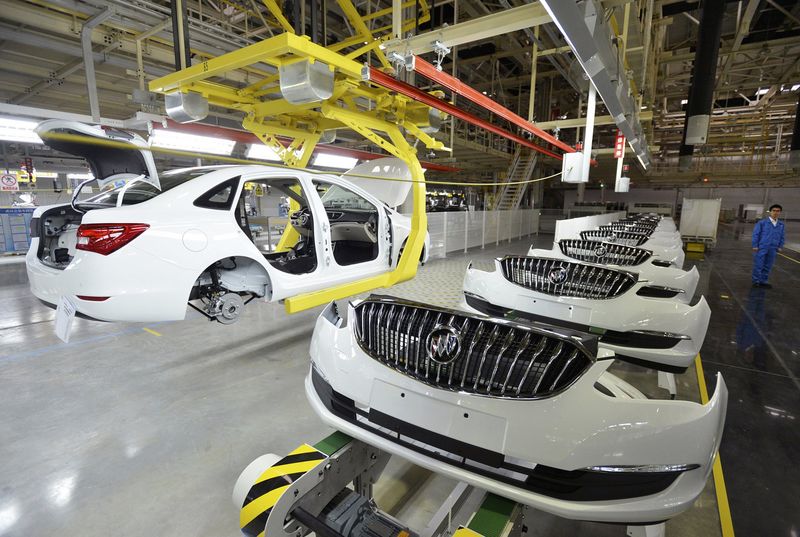This post was originally published on this site

WASHINGTON (Reuters) -U.S. auto safety regulators said Friday they have opened a formal safety probe into the autonomous driving system in vehicles produced by General Motors (NYSE:GM)’ robotaxi unit Cruise LLC.
The National Highway Traffic Safety Administration (NHTSA) said it has received notices of incidents in which self-driving Cruise vehicles “may engage in inappropriately hard braking or become immobilized.”
The agency said while both issues “appear to be distinct, they each result in the Cruise vehicles becoming unexpected roadway obstacles.” The safety agency’s preliminary evaluation covers 242 Cruise autonomous vehicles and is the first step before it could seek a recall.
The investigation follows reports of three crashes in which Cruise vehicles were struck from behind by other cars after the autonomous vehicles braked quickly.
Cruise is offering limited service in San Francisco with a small fleet of Chevrolet Bolt EVs.
GM and Cruise did not immediately respond to requests for comment early Friday.
NHTSA said it plans to fully assess the potential safety-related issues posed by these two types of incidents and will review “the commonality and safety logic of the hard braking incidents” and the “frequency, duration and safety consequences associated with the vehicle immobilization incidents.”
Last month, Cruise Chief Operating Officer Gil West told Reuters the company plans to enter a “large number of markets” and scale operations up to “thousands of vehicles” in 2023.
NHTSA said the issues “may introduce multiple potential hazards such as a collision with a Cruise vehicle, risk to a stranded passenger exiting an immobilized Cruise vehicle, or obstruction of other traffic including emergency vehicles.”
The agency said it has three reports of Cruise vehicles automated driving system “initiating a hard braking maneuver in response to another road user that was quickly approaching from the rear. In each case, the other road user subsequently struck the rear of the ADS-equipped vehicle.”.
NHTSA said it has been notified of multiple reports involving Cruise vehicles operating without onboard human supervision becoming immobilized, which “may strand vehicle passengers in unsafe locations, such as lanes of travel or intersections, and become an unexpected obstacle to other road users.”
GM and Cruise in February disclosed they petitioned NHTSA for permission to deploy some self-driving vehicles without steering wheels, mirrors, turn signals or windshield wipers. That petition is still pending.



